Archiving the Greatest Era of Technical Design – A Conversation with 300700 Store

Archiving has become one of the biggest things in fashion in recent years. Although not a new concept, it seems as if the phrase has become just as synonymous with fashion as vintage. Although in Japan this fixation of collecting even the most obscure things is embedded in the culture, it also seems it is spreading further and further away from the east as time goes on.
Prada Sport Gore-Tex Jacket in Silver from 1999
But we are not talking about collecting rare 80’s figurines or old vintage posters. It is 2022 and collecting and curating highly sought-after performance garments is the latest craze. Ever since being in this never-ending realm of technical apparel, it seems as if the archiving scene has gone from strength to strength. A more conscious effort is being put on curating our wardrobes, and as we start to see the capabilities of these rare gems from a time before, collecting them gives us this same thrill as an Otaku finding that one final figurine they needed to finish the set.
Oakley Over The Top FMJ/Ice Iridium from 2000
We are also living in a time where preserving past treasures has never been so paramount to the progression and innovation of fashion. People are walking backwards towards the future, keeping a close eye on these prehistoric gems from past designers. Names like Massimo Osti not only helped pave the way for upcoming talents with his future facing designs all the way back during the golden age of Cp and Stone Island but is also now still inspiring the new generation through his performance driven detailing.
And through pages that are sprawled across Instagram it has never been easier to find these hidden treasures from past designers to get this inspiration. As time goes on, we are stepping into a world where Instagram mood boards are building communities and amplifying, or better yet, reviving products and brands, and although there are many now that do it, only a few truly capture the essence of what an archive is all about.
2002 Oakley ‘Detonator’ Watch (Red/Blue)
2001 Oakley ‘Crush’ Watch (Silver/Blue)
These archive pieces tell a story, start a conversation, or have a narrative with things beyond just what may look cool. Luckily, one page truly captures all of this and hands it to you on a silver platter. A store that not only sells and showcases archival pieces from one of the most technically driven eras to bless our wardrobes, but also takes a deep dive into the history behind both brand and product. Introducing 300700, the UK based store for technical excellence.
Acronym J1W-GTPL Technical Gore-Tex Shell Jacket from 2022
Starting just over 2 years ago, this UK online store has seen exponential growth throughout its lifespan and is already becoming one of the most influential pages for 90’s to 2000’s technical design. Focusing on the pioneering fashion innovation from the 90’s and early 2000’s, you’ll find both sought-after grails from the likes of Prada and Oakley as well as unsurfaced gems from lesser hyped brands such as Quiksilver littered across his page.
Prada Sport Lightweight Nylon Jacket from S/S2000
Ran by Dino, an individual driven by the story behind garments rather than the hype behind them takes great care to curate a collection of items that have rich heritage and narratives behind them. From meticulous design features to pioneering designers, his archive has been carefully selected and consists of only some of the finest garments from what he refers to as the ‘greatest era of forward-thinking technical design’.
Final Home Technical Cargo Fleece from the 2000s
Dino’s online platform consists of a diverse selection of items, ranging from the highly wearable to the outlandish and cinematic; from Final Home jackets to the infamous Oakley Medusa Helmet & Goggles, 300700 store has it all, some even with its original packaging. The pieces on show here are some of the most influential pieces from past times and scrolling through his feed is a true history lesson of functional excellence.
Nike ACG Gore-Tex AirVantage Inflatable Shell Jacket from 2008
In an environment where content is so easily and swiftly consumed, 300700 looks to slow things down and teach people about these products that are popping up on everyone’s moodboards. You won’t just find a sales post here, instead you’ll find the story behind each product adding educational value to each piece.
We managed to catch up with the young UK collector to talk about archiving, the history behind this golden era of design, and the direction in which this new functional fashion trend is heading.
Thank you so much for taking the time to talk to the sabukaru network.
Can you first introduce yourself and your store to us?
Hey guys, my name is Dino and I run 300700, an online platform where I showcase and trade my collection of pieces from the greatest eras of forward-thinking technical design. 300700 is also a place for people to learn about the history of these pieces and their influence on the world of fashion.
When did you first get into collecting? What originally drew you in?
I would say when I was around 16/17 years old. I was already into collecting older Nike Air Max models and had just gotten my first part time job at the time, so I began hunting down my favourite pairs. I fell down the rabbit hole there and developed an eye for intricate detailing and obscure features which quickly spread across to jackets, trousers, and accessories too.
A large part of my collecting process became focused around the history of each piece early on and the little details made the biggest impact for me - I would be buying beat up Nike’s on eBay just to get the vintage box in hand or something like that. Those little details still mean a lot to me and dictate my collecting today.
Your page seemed to of started as a place to just sell items but quickly evolved into a destination to inform and showcase.
Was this always the intention, or did you just find yourself getting more and more absorbed into this archiving universe as you went along?
To be honest I had no idea things would grow this way. Originally, I started the Instagram page to downsize my collection and share any knowledge I had on these pieces. I enjoyed writing about it too and I liked the idea of having a space to use as digital storage of pics and info about pieces I’ve had in my collection. As things continued to grow, it was impossible not to become absorbed into this side of fashion because having a platform allowed me to connect with some brilliant like-minded people.
One thing I can say for certain is that I think I come across something every day that I did not know existed so there are always new things to find and learn about. I’ve been fortunate enough to speak directly with a lot of people who worked on the pieces I collect because of my platform and I’m very grateful for that.
SAMPLE Burton Snowboards x Hiroshi Fujiwara x Acronym ‘Analog Q’ Jacket from 2001
To amass your following in just over 2 years is super impressive. What’s the moment you started to see a big increase in your following?
Thanks, It still surprises me when I see how many people interact with the page now. Things seemed to go well from the start really and the growth was steady up until summer 2022 I would say. I started sharing my collection of Oakley eyewear and accessories in the summer with in-depth background research on each model and it just took off really.
I felt for a while that Oakley would slowly start to rise in popularity when I saw how big the ‘gorpcore’ ‘y2k’ trends were getting but I couldn’t have predicted how quickly that would happen. It’s great to see people discovering Oakley pieces for the first time or the older audience who remember these pieces from their younger days – Oakley was a brand that was beautifully distruptive to conventional design in the 90s/00s so it’s great to see people appreciating that.
Final Home Survival Jacket in Black from the late 1990s
A question hardly ever asked, but something I’m sure a lot of people would like to know, without giving too much of your secrets away, where are pages like yours sourcing these hidden and lost gems?
Ahhh, the million-dollar question. To be honest there’s nothing too secret about it and people are always disappointed with the answer. The truth is I find a lot of my pieces in the same places that everyone else is already looking! I do believe that you must become obsessed and addicted to the hunt if you want to find the truly obscure pieces.
Yohji Yamamoto x Adidas Y-3 Unreleased Sample Technical Jacket from 2016
Sometimes hunting for a piece is as good as finding it – I can be chasing down one jacket and find things I had no idea about along the way. Sometimes what it takes is scrolling through endless threads on forums from 15 years ago to track down people who might have once owned that piece, and then following the trail to whoever owns it now. It’s not as easy as people tend to think at times. Of course, after so many years you pick up little tips and tricks about how to navigate through websites and I’m also connected to a lot of collectors around the world who I have known for a while.
Much like our own, your page really seems to dive deep into the history behind the products you showcase and sell. What’s the reasoning behind this approach?
Firstly, I believe fashion is an artform and so a lot of these pieces should be viewed as pieces of art not just pieces of clothing. Much like a lot of art, the history and meaning behind the piece can sometimes be as important as the piece itself or even the reason why the piece is valued so highly.
I think it’s the same with fashion. I’m fascinated by the history behind it all and I wanted to make it my goal to transfer the meaning that these pieces carry onto those that are buying them. I believe that every piece carries a story. I also believe that with how fast things move nowadays and how fast trends come and go, true purpose and meaning is lost in the design processes as brands rush to hop onto the latest trends.
Prada Sport Gore-Tex Shell in Military Green from 2000.
I wanted to try and change that, at least in the minds of consumers and enthusiasts, by sharing my research on the unique design approaches from this era alongside the pieces. It’s a great feeling to see people taking more of an interest in the history of a piece and I think it makes it a lot more special when you purchase a rare piece and actually know why it is considered “rare”.
Your page primarily focuses on the 1990s – 2000s technical clothing and accessories, and you mention how you think it’s the ‘golden era’. What makes this period so special?
I think even aside from fashion, that era from the 1990s through the 2000s was just brilliant. Technology seemed to be advancing quicker in this period and that pioneered a whole movement in every design industry to have more freedom to experiment with ideas of the future. For example, some of my favourite concept cars of all time are from that era too. There just seemed to be a bigger emphasis on seeing how far boundaries can be pushed and what it was possible to create.
Oakley ‘Water Jacket’ in Blue/VR28, Chrome/VR28 & Jet Black/VR28 from 1999-2005
I think that’s also the reason a lot of the pieces I collect were probably considered to be a commercial flop at release - they were just too ahead of their time design-wise and the use of the highest quality materials resulted in higher price points. But now, 20-30 years later, everyone is looking for them, so I guess they were quite literally ‘ahead of their time’.
We see that Oakley and Prada are driving forces behind your page. Are there any particular seasons, items, or collections that you could list that really stand out?
Personally, I think that Prada and Oakley are 2 brands that lead the line in their sectors of the industry through that period. Prada was one of the first brands I began collecting because I felt that they had been at the top of the high fashion industry, never out of style, consistently for 40+ years.
Prada Sport Gore-Tex Jacket in Navy from 2000
It’s crazy how they have managed to keep on killing it and remain independent too. I think everyone loves the early Prada seasons of course and the more recent seasons have also been strong. For me though I think the whole F/W1999 season (Prada Sport and mainline) is perfect. It is the best example of the perfect blend between sophisticated and technical design achieved by Prada.
However, Oakley is a whole different game. I caught the Oakley bug when I dived into their history and found that they were a brand that created whatever they wanted, no matter who asked or it. They ripped up the rules and rewrote them year after year and that fascinated me. The Racing Jackets, Over The Tops and Medusa are 3 pieces that I don’t think I can stop collecting.
Brands from generations ago such as Oakley are making an incredible return to the market. In your opinion, what is the brand that in 20 years will come back and make similar waves?
I think it’s impossible to tell. Things just move way too quickly now. I wouldn’t be surprised to see the brands that are in the spotlight now making another comeback in 20 years again. It all depends which brands are strong enough to withstand the test of time so that their early pieces can achieve ‘vintage’ status.
Futura2000 x Maharishi ‘FHI Pointman’ Hoodie from the early 2000s
Do you have a favourite item in your collection? Or one that you may not have but are always on the lookout for?
That’s a really difficult one. My Burton Analog pieces are special and will always be the best I have in my opinion. I’ll go with a different one though because currently I’m really enjoying the Prada Gore-Tex sailing pieces. I have a brand new Prada Luna Rossa Challenge jacket from 2003 with the tags still attached. it was made only for the team members competing in the 2003 America’s Cup and I got it by contacting a former member of the team. That’s a cool one.
Burton Analog ‘Black Ops’ Jacket from 2005
Oakley glasses, baggy cargos, technical jackets – it is the biggest craze right now amongst the fashion youth, especially in the UK. Why do you think people are drawn to this style more than ever right now?
I think half the reason is because social media is as widespread as it is now so whatever the hot topic is, everyone everywhere can see it. Trends are being absorbed by wider audiences now, but they also change so much quicker too. The other half of it is because people are starting to wake up to the reality that fast fashion is not the way to go anymore.
Arc’teryx Quiver 11L Sling Pack from 2000s
The quality of most pieces produced back then is unmatched today and people are more aware of this. Having a few staple archival pieces in the mix that actually hold their value is so much better than having cheap, poorly made garments from these fast fashion brands, that you will most likely have to replace 4 times in a year.
Being from the UK, how do you see the vintage and archive fashion scene differ over there from places such as Japan or America?
I think everybody says it, but the UK is home to some of the most culturally diverse cities in the world and that has an impact on the different fashion scenes here. Having a more open-minded outlook in general means people experiment more and incorporate different aspects of different styles into the archive scene. I think that we also have some of the best minds specializing in these archive styles here in the UK and that really bolsters the scene here.
Oakley Mesh Flesh Slip-On Shoes from 2000s.
The UK right now seems like the epicenter for vintage and collectable fashion, and it seems as if it's only getting bigger and better. Why do you think the UK especially is one of the leading places for this type of scene?
Like I said, we have some of the best people on the job. People like myself, Inside.tag, Louis Holsgrove, the guys at Past.Down and Allen Reji, to name a few, are all under the same umbrella but each covering the different niche’s and we each have our own specialties. The UK scene is also very widespread now, even with music culture, and I would say I interact with more people from outside the UK than from within. It’s really cool to see designers and other people involved in the fashion industry worldwide starting to pay more attention to the UK.
Stone Island Formula Steel Balaclava Jacket from 1993
We also see a big representation from Japanese brands on your page such as Final Home and Ryuichirou Shimazaki – Do you find many differences from a design aspect compared to European brands for instance?
Well, I would say that it’s widely known now that the famous Japanese designers like Issey Miyake, Rei Kawakubo and Yohji Yamamoto pioneered the avant-garde anti-fashion movement in Europe decades ago when they first made their moves to Paris. In general, it seems like Japanese design takes more into consideration and does things first, whether that be experimenting with different materials and fabrics, or particular methods of stitching and constructing garments.
Prada Sport Gore-Tex Vest and Asymmetrical Fleece from S/S2000
There are aspects that differ of course, as there are cultural differences and different ideologies that influence design but there are also aspects where you can see a clear inspiration from Japanese designers. For example, I would say that Final Home is one of the earliest and best examples of the idea of function over fashion at play, which has had a lasting influence and played an important role in the creation of a subgenre we all love and know today as ‘techwear’.
Where do you think this “obsession” with Japanese designers and brands that many people have comes from?
I think that probably starts with the fact that they pioneered the archival movement so early on and brands like CDG, Yohji Yamamoto and Issey Miyake (and all the sub-brands and designers stemming from them) have withstood the test of time and remained as popular today as they were in the 1980, 1990s and 2000s. They just do things differently and everyone who takes the time to research the archive fashion scene quickly realises that there is a very vast market of Japanese designers out there pioneering concepts you would have never come across before.
Final Home Survival Jacket
Archiving in Japan is also huge, with people collecting the most obscure things. Is there anything particularly niche you find yourself collecting or researching about aside from fashion?
Maybe not so niche but im a huge football fan and I do like to collect older football gear like boots and kits. I think the 1990s/2000s also produced some of the best football boot designs of all time and the quality was incredible compared to nowadays where all the gear is much lighter but less durable. I also have a decent collection of Arsenal kits and other memorabilia, the best of which is probably a football signed by Messi from 2010 which will always stay on display in my room. Other than that, I’d say Lego too, particularly the range of cars they do.
We often see archival fashion is very focused on functional garments and designers. Names such as Massimo Osti are incredibly important in the universe of archiving for instance. Why do you think there is such a focus on the more technical side of fashion especially when it comes to archiving and collecting?
A lot of the archive pieces that have very technical features or a technical construction are important because they serve as inspiration for all the great new stuff we see produced now. For example, most of the newer waterproof mountaineering jackets and backpacks are just innovations of these older pieces - they follow a very similar form, which was first widely seen in the 1990s, the only real immediate differences are updated materials and different pocket placements.
Designers like Massimo Osti and Errolson Hugh also pioneered a movement that was very ahead of the times, with military influence and a focus on integrating stealth pocket systems into jackets constructed from unique high-quality materials. On that note, I think regardless of how people choose to view Osti’s brands like Stone Island and C.P. Company, there is no denying that they were the first to experiment with some of the most unusual materials and fabrics.
There was a particular focus on functionality at this time too, which led to creations like the Levi’s ICD+ line with Philips, experimenting with the integration of daily technologies into garments for easy use for the wearer. Osti in general was an absolute genius and is still inspiring a lot of designers today.
It seems as if what was once a niche interest by a select few quickly evolved into something everyone wanted to be a part of. Why do you think we are romantising this archival functional-fashion scene so much these days? Where has the popularity stemmed from?
I first started to notice the rise in popularity when the pandemic hit, and people were in Lockdown. The circumstances pushed people to venture outside more which allowed more people to step out of their comfort zones and get into the outdoors. This resulted in a push for people to get the technical gear to go alongside their newfound hobbies and this slowly started to transfer across into their daily fashion choices.Then, with the help of social media, more people were becoming exposed to brands like Arc’teryx and similar and before you know it, ‘gorpcore’ is now a whole new trend that has been embraced by celebrities too.
Oakley Tactical Field Gear SI AP Payload Vest Sample from 2008
Now I think it’s just about people’s desire to escape from the mainstream ‘gorpcore’ trend a little and try and find new brands and pieces that still come under the technical umbrella but are obscure enough that you won’t see them everywhere else.
And with this technical side of fashion being bigger than ever when it comes to archiving, in your opinion, what do you think could be the next big thing or trend for collectors?
I still think that vintage snow brands like Burton Analog have not had their time in the spotlight to the full extent. For me that’s like the peak of heavy duty techwear – amazing materials and build quality and packed full of features. I’ve noticed that pieces with stealth pockets have also grown in popularity since I started sharing my collection of them, I think that will continue into the new year. The most interesting thing to me is actually the opposite - what brands or style trends will cool off and how quickly that hype dies down.
We are seeing a new age of functional and technical talent come through the ranks like never before. As someone who adores this now-vintage period of the 90s and early 2000s, what is your opinion on the new and upcoming talents in fashion? Is there anyone in particular you are excited about?
From what I’ve seen, the future is very very bright and in good hands. I can see the influence of the 90s/2000s design ethos running through some of the fundamental aspects of the collections I’ve seen from new designers but there is a perfect modern twist.
I think innovation is always good and always needed, and from speaking with some of these new-age designers I can see they pay close attention to the history and small details of archive pieces, which means the ideas they produce are just next-level and are, in a way, the perfect continuation of the technical fashion scene. Im hoping to make it out to upcoming Fashion Week events in Europe to get a closer look at some of these new collections. Some of my favourite brands and designers on the rise right now are Jean-Luc Ambridge Lavelle, Ranra studio, the works of Rob Boyd, Boyagis, Luca Hamers, and many others who are also taking functional fashion the next step.
Are there any brands right now that you keep on your radar or you’re collecting and picking up that aren’t necessarily ‘hyped’?
To be honest, it’s difficult to say because aside from the brands that feature a lot on my page, I tend to focus less on the brand and more on the individual details on pieces from a wide range of different brands. A lot of well-known brands have small niche collections from the past that are so different from their usual pieces and I’m really into that. For example, I have some very cool technical trousers from an old Quiksilver collection with some crazy stitching details and a perfect cut and fit, people never believe me when I tell them they are from Quiksilver.
Nitro Fuel 3-in-1 Technical Ski Jacket from the early 2000s
And finally, where do you see yourself go from here? What’s next for the 300700?
Well, the growth this year is still very surreal to me but I’m starting to realise that anything really is possible. I started by overflowing the corner of my bedroom with these pieces and now ‘300700’ is an independent entity in the scene. My goal really is to have a more physical presence in the scene and one day make the move into my own private showroom or even a gallery where I can operate as a design firm too, sharing knowledge with whoever is interested and maybe even putting some of that knowledge into my own designs (who knows)
The thing i’m really aiming to do is push a change in the industry by helping people to realise that the design processes behind these technical pieces are an artform so fashion that carries important history should be viewed as art.
Thank you so much for your time!
Text and interview by Joe Goodwin



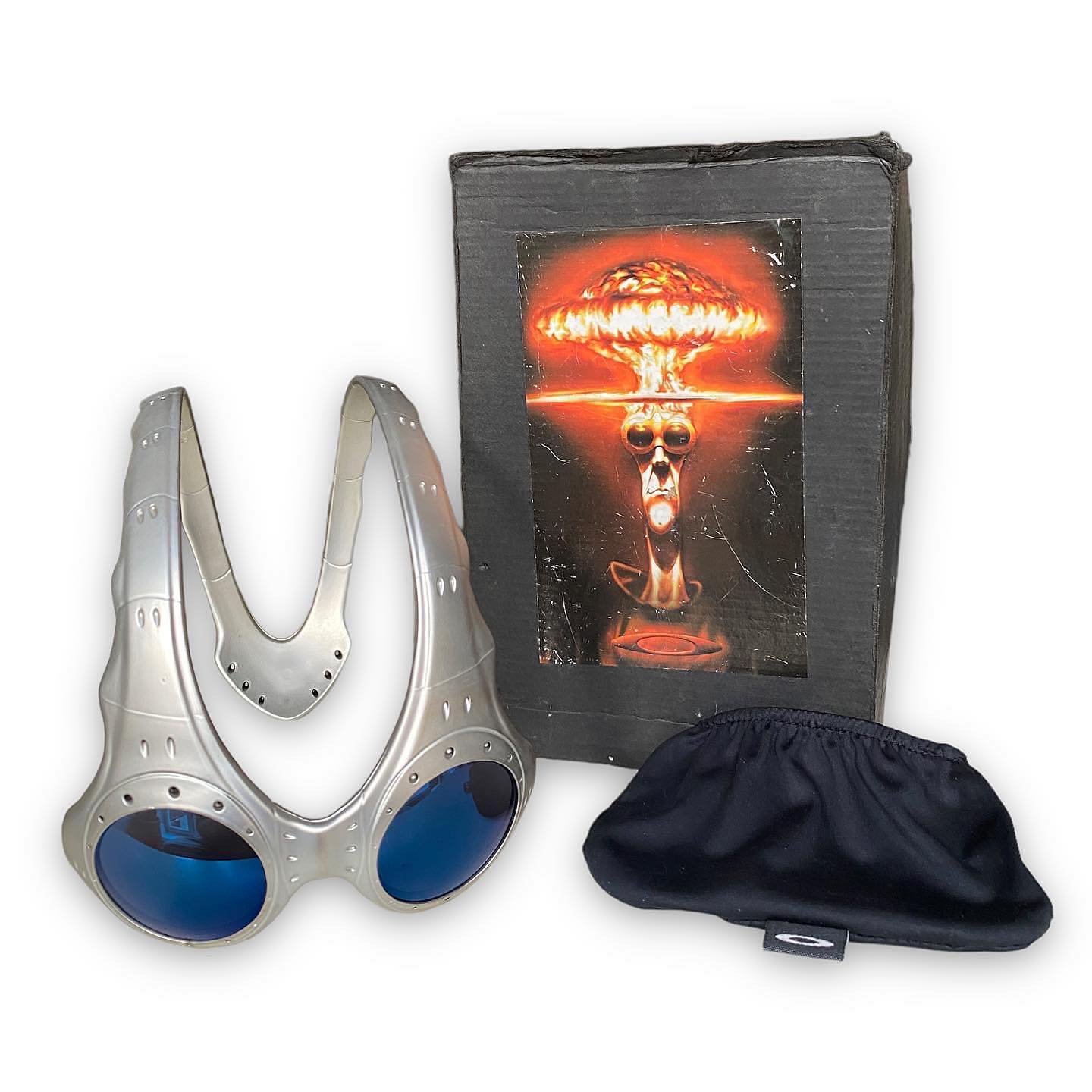




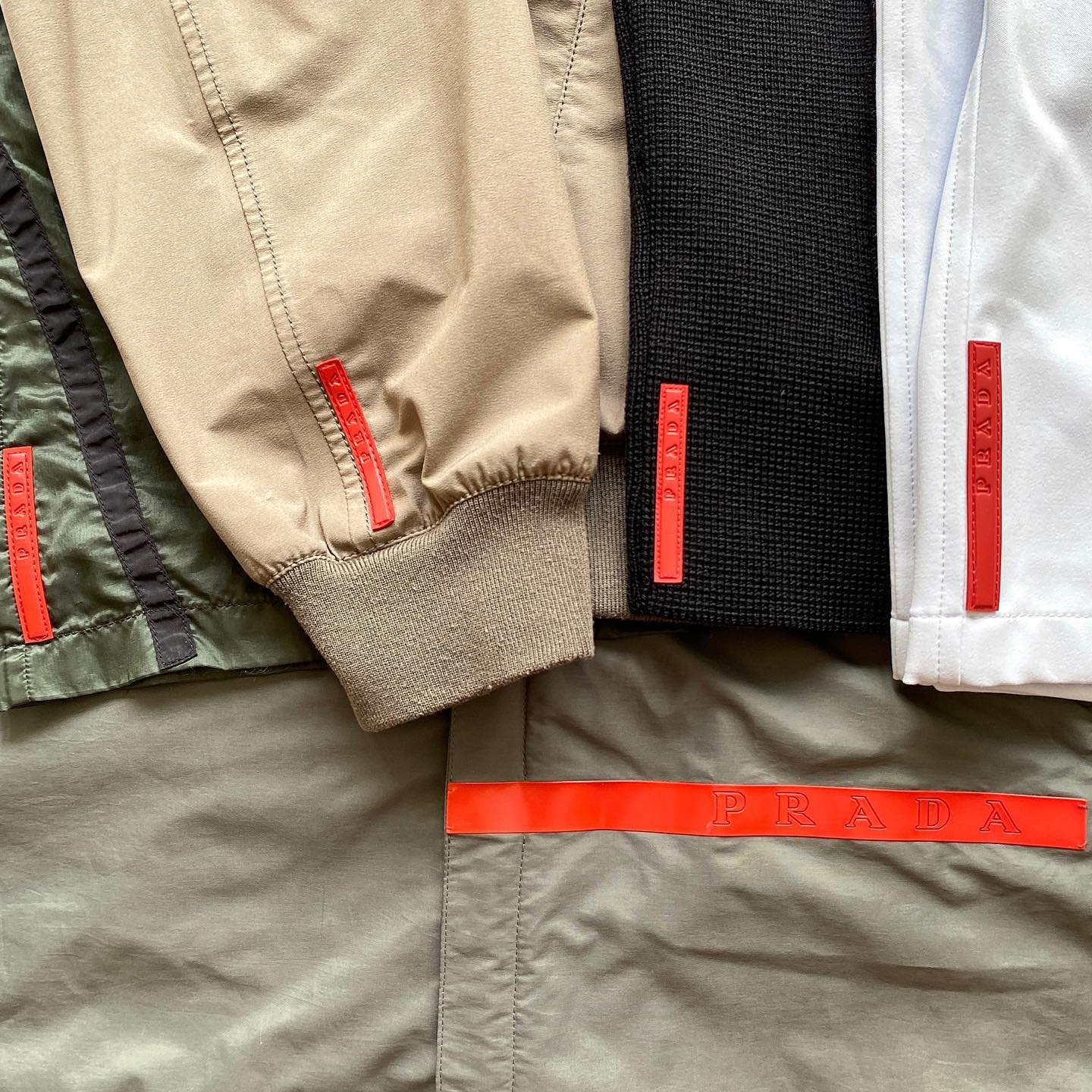
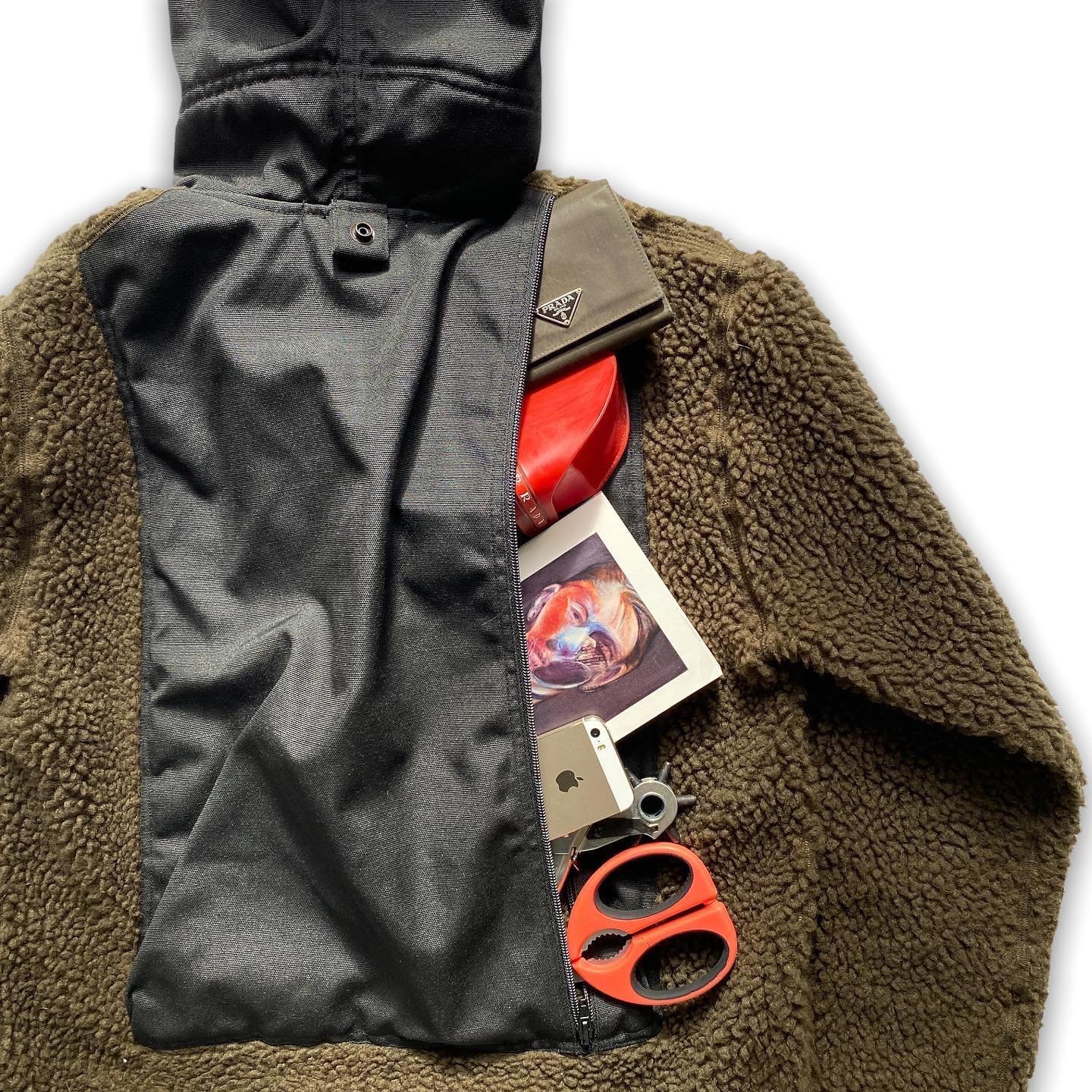

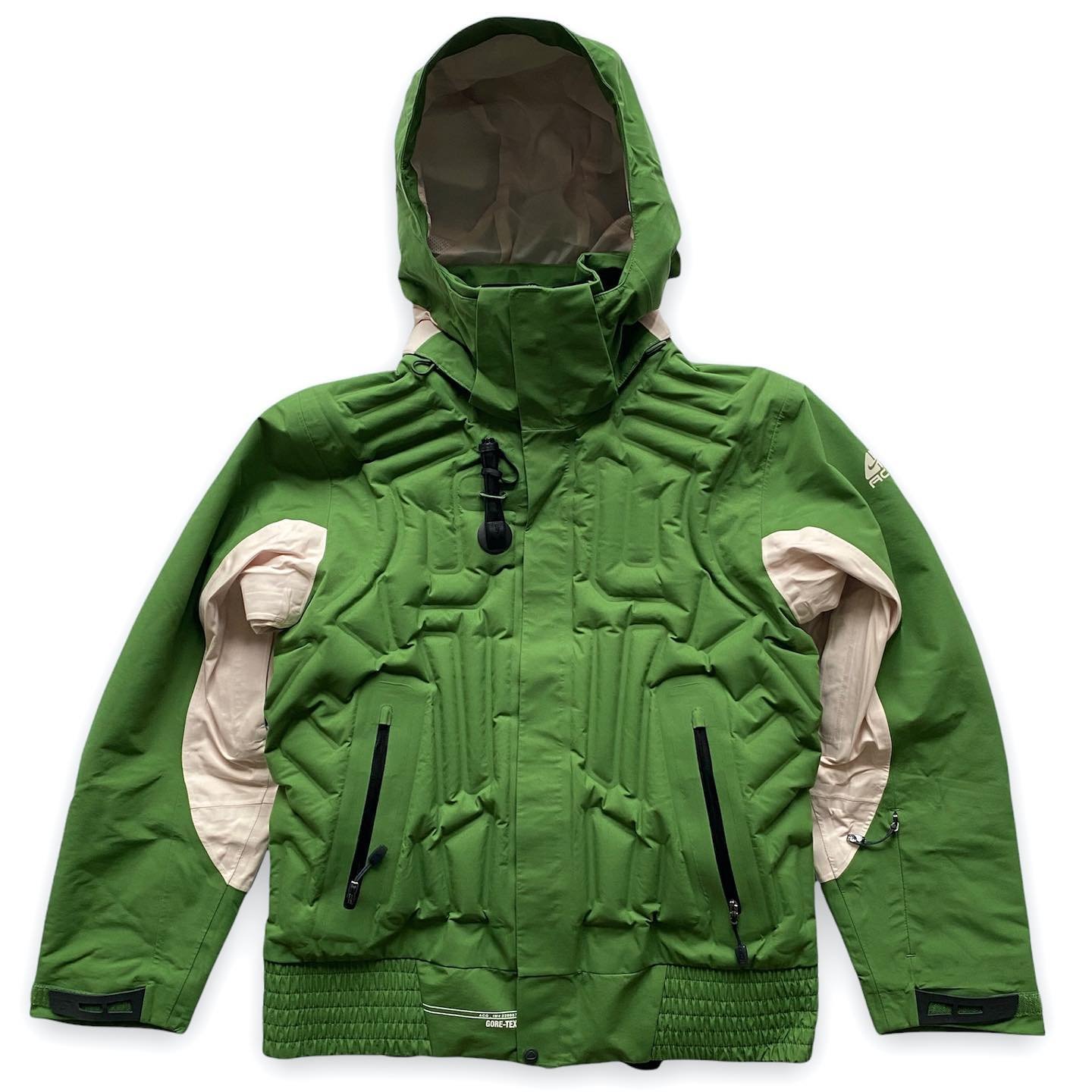


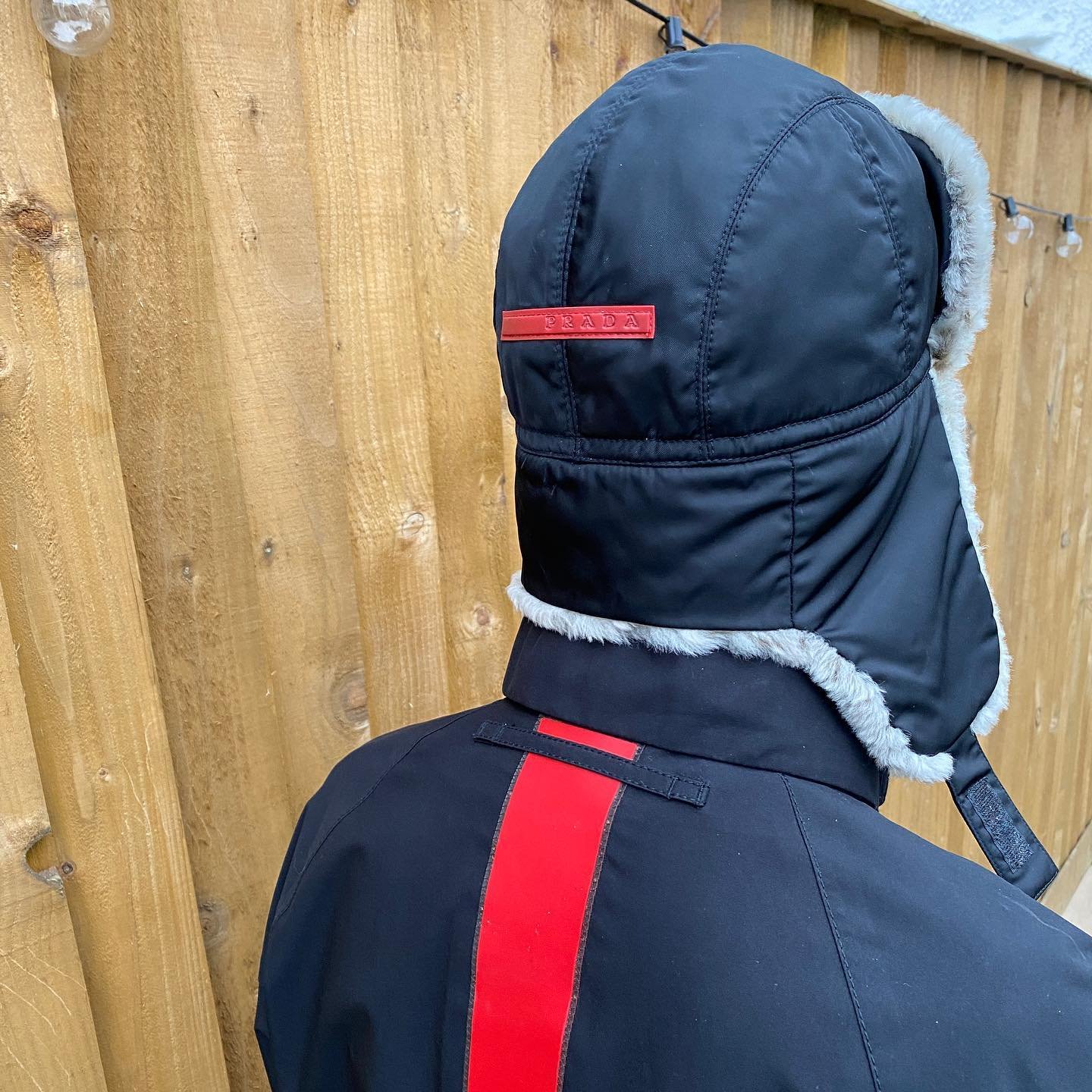






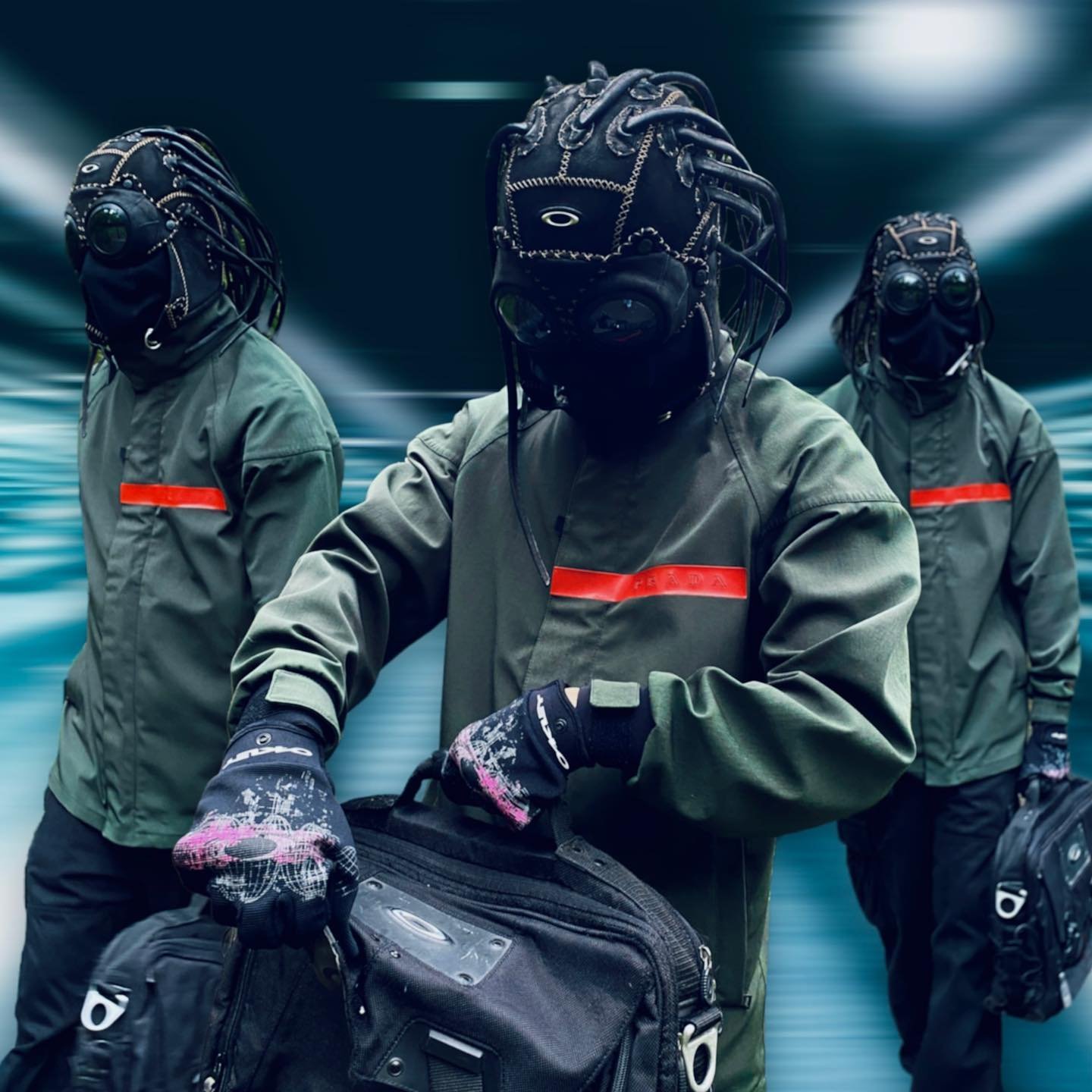
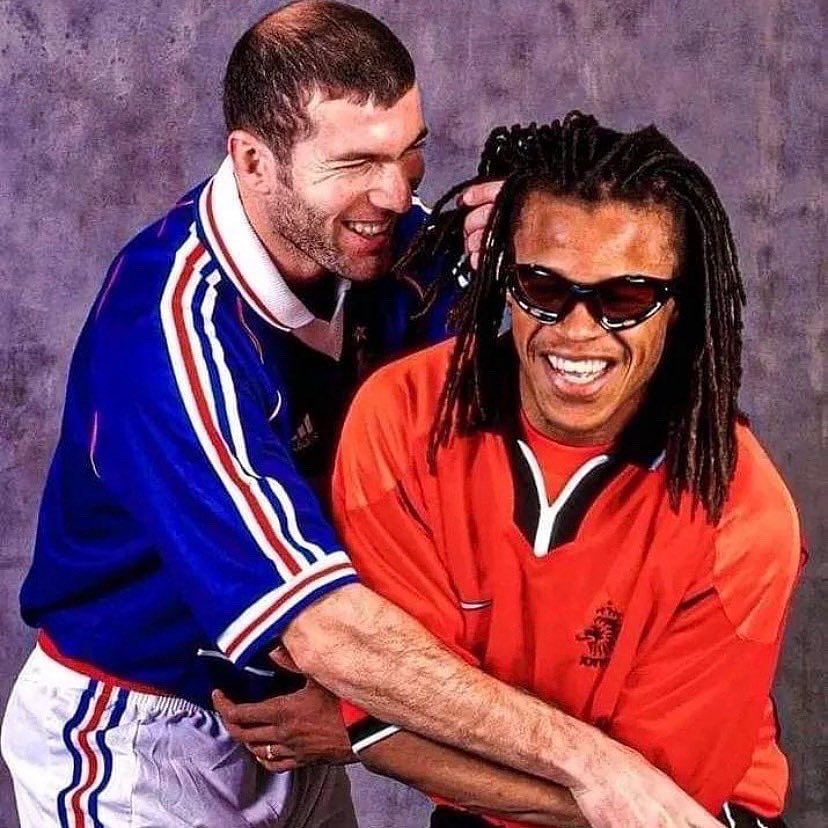
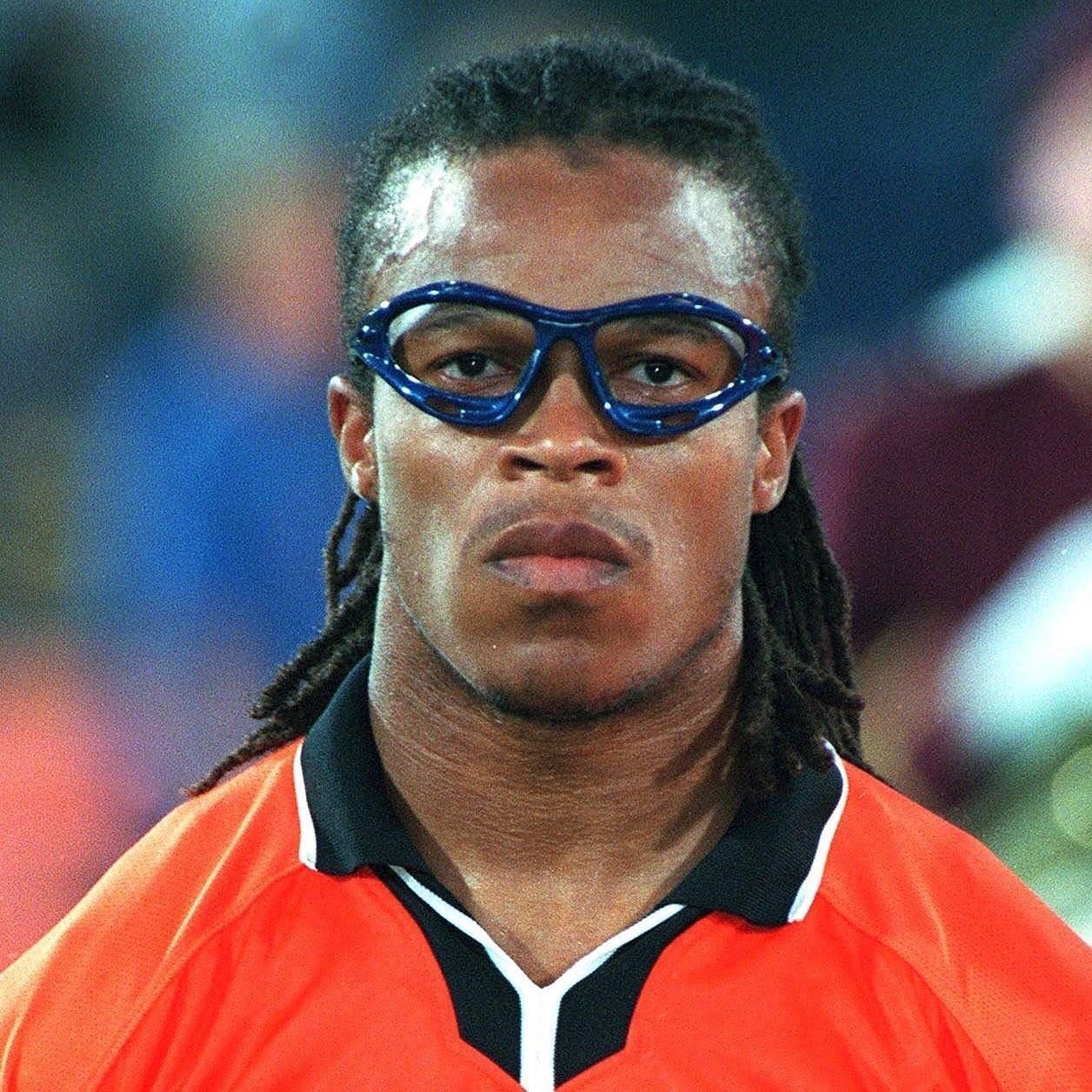
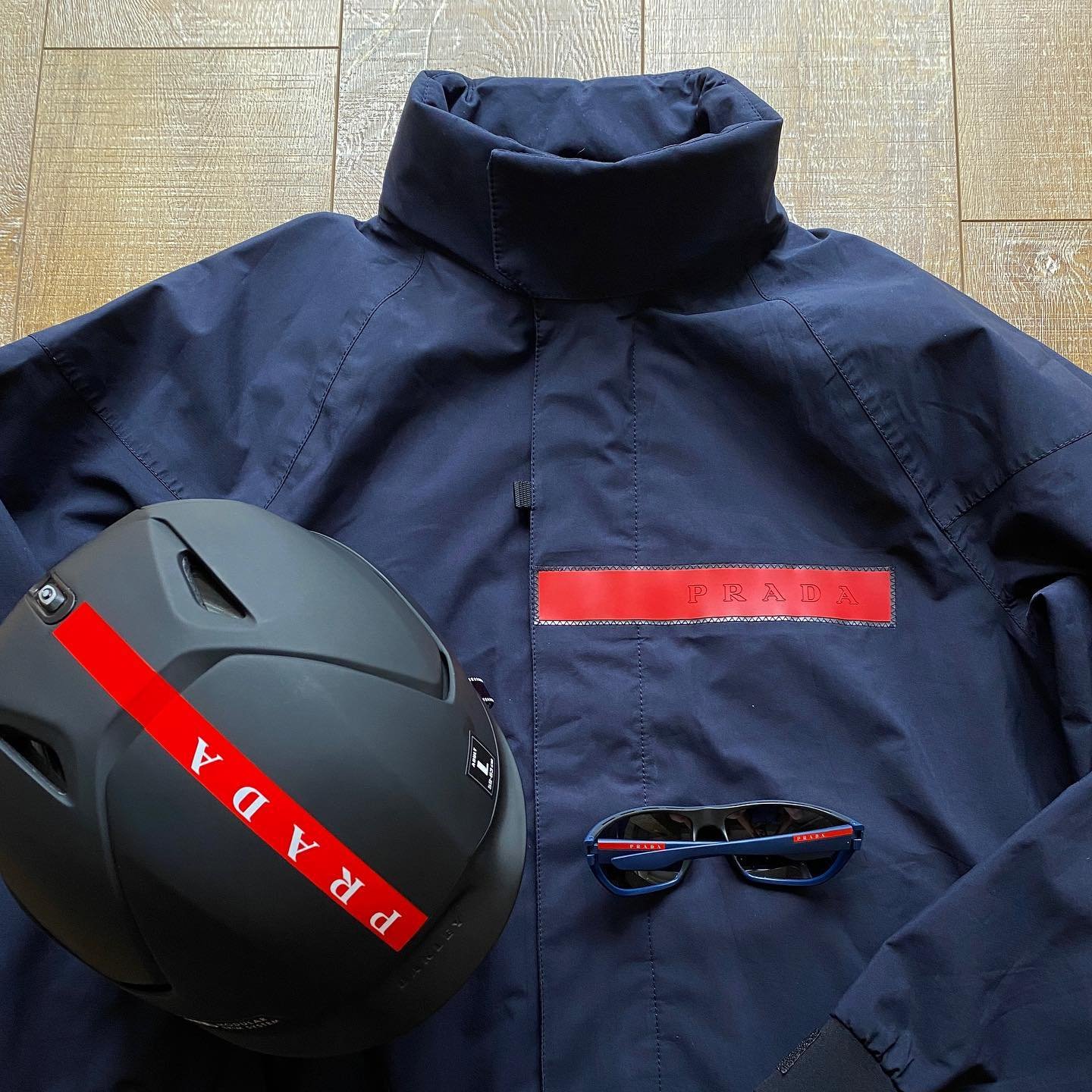
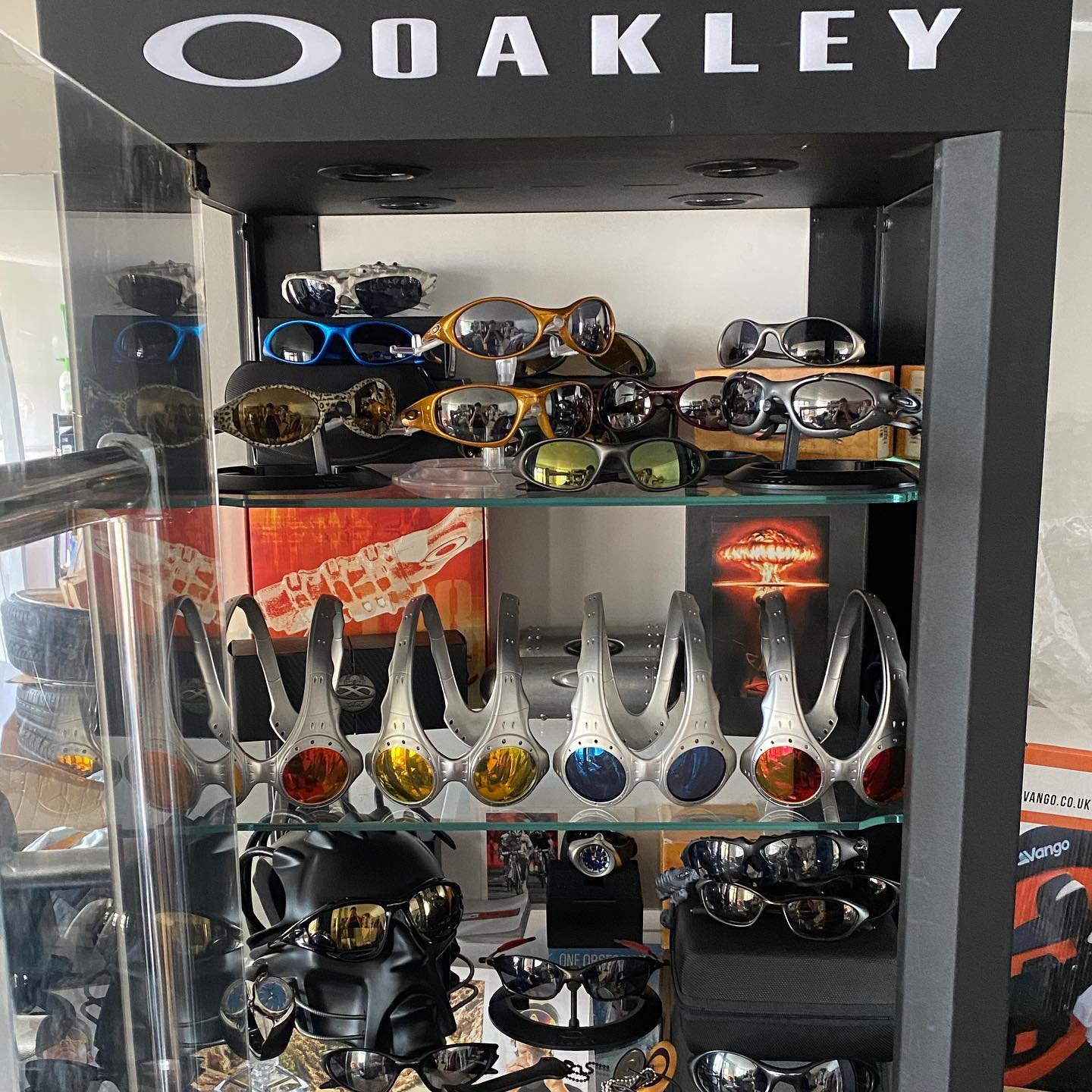



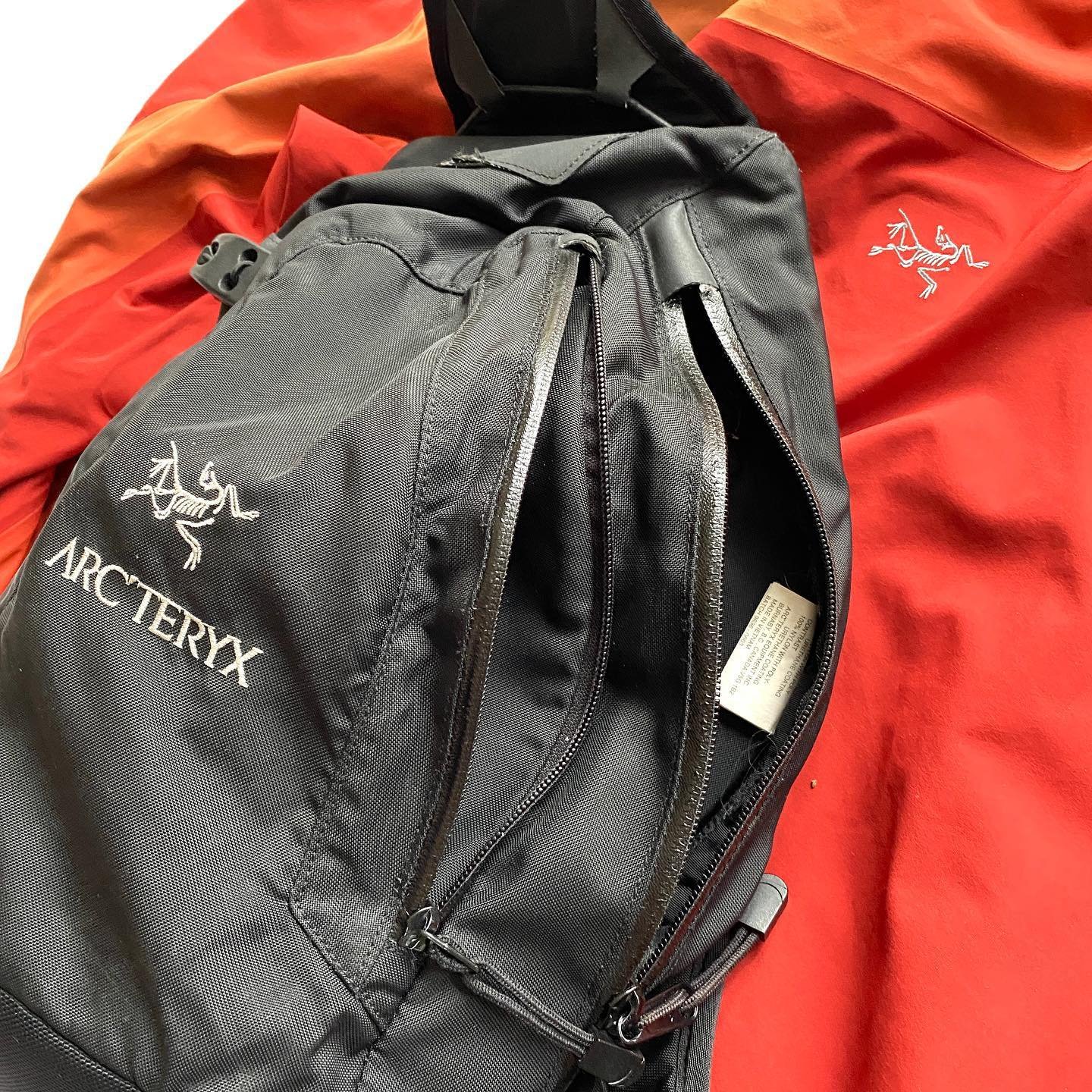


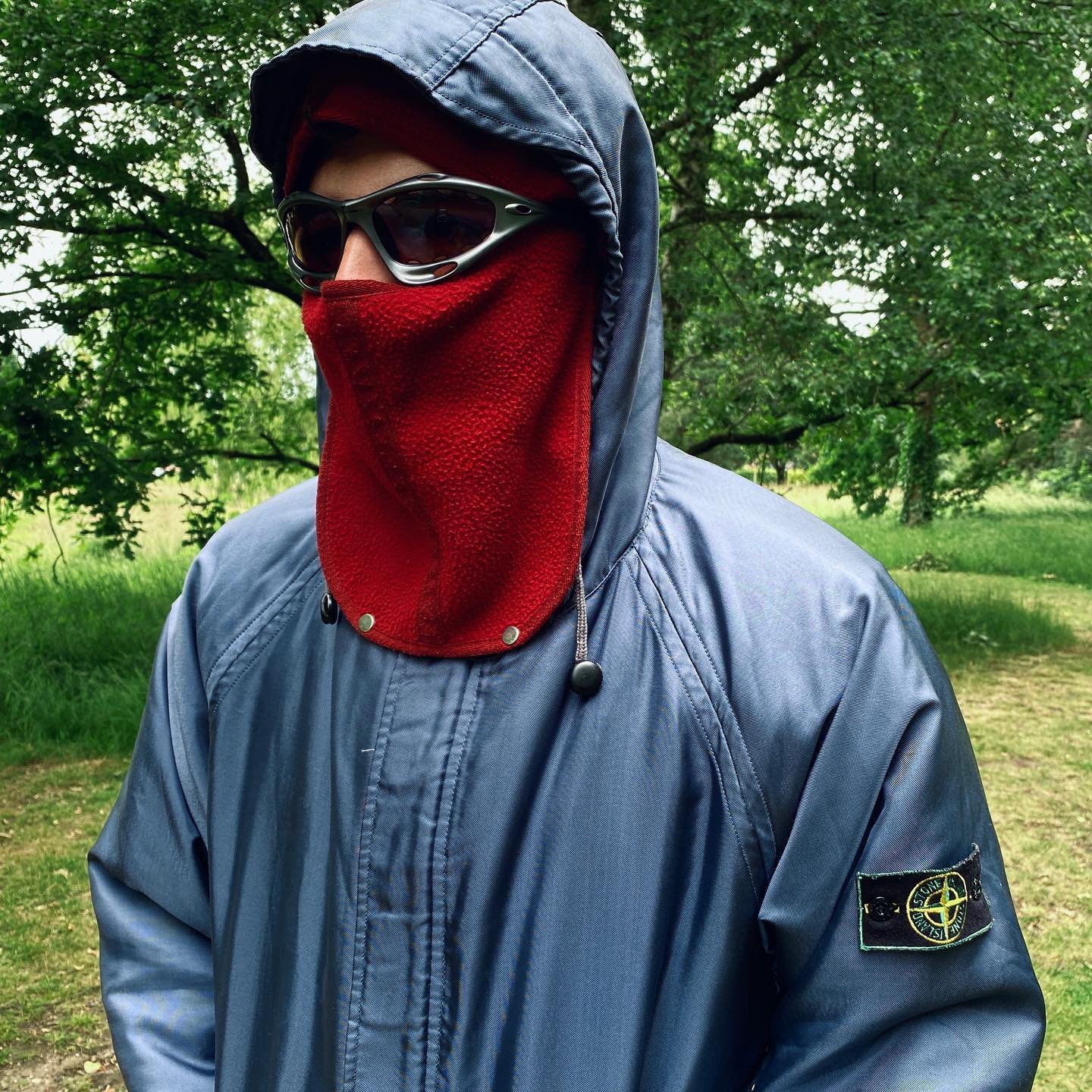


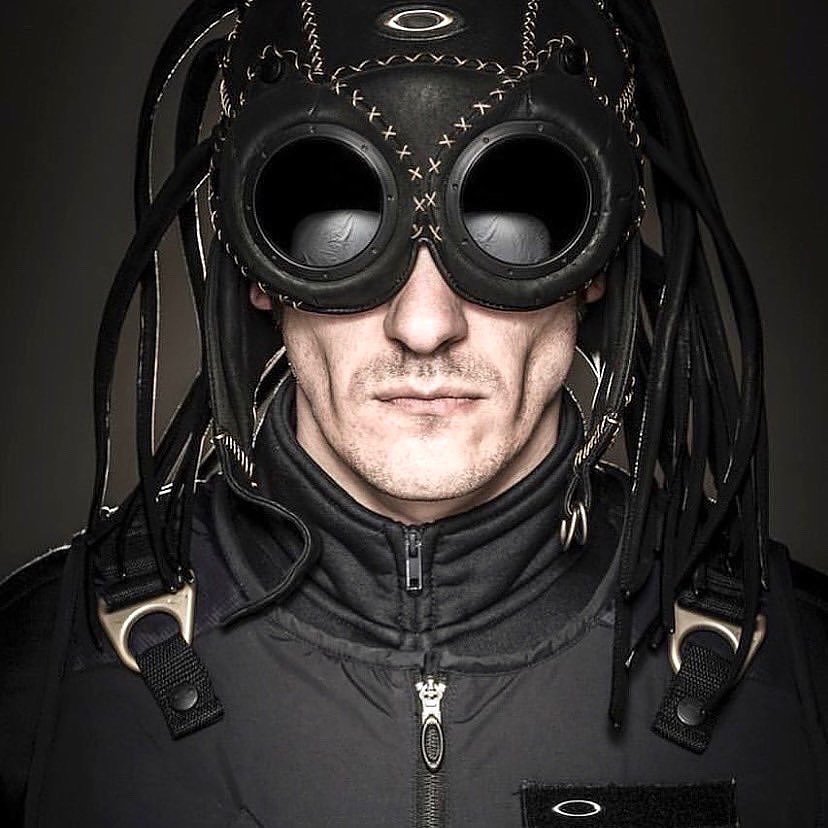


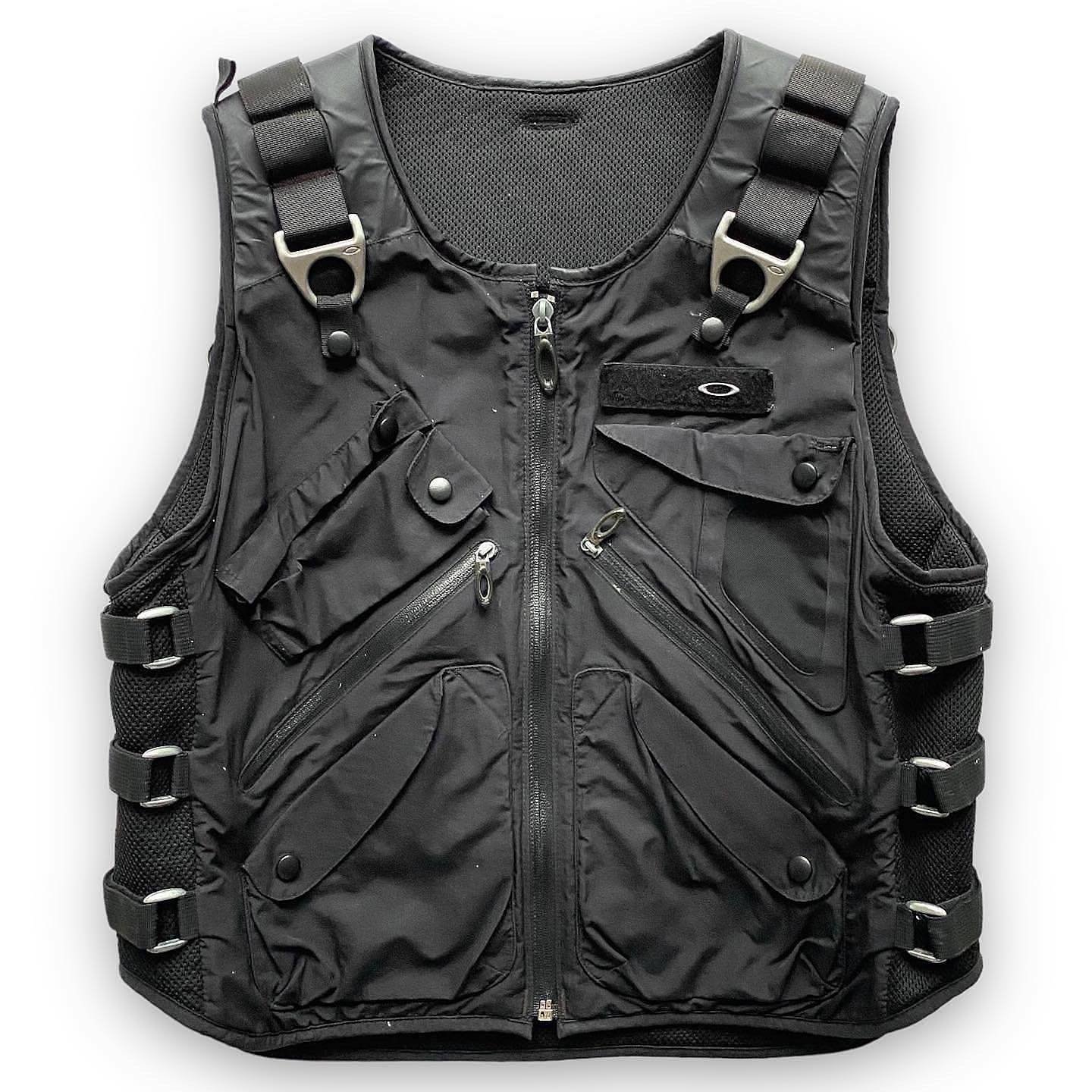
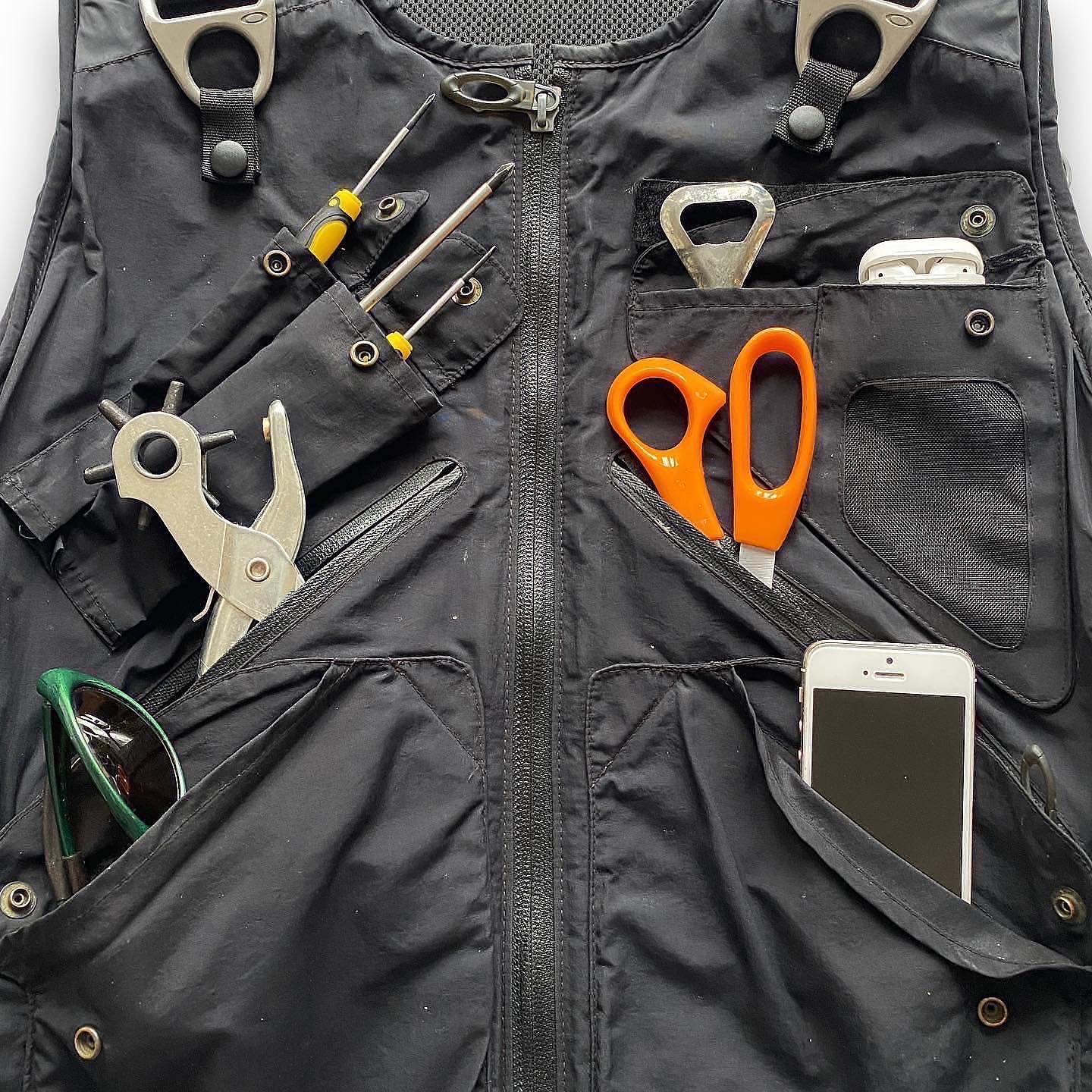



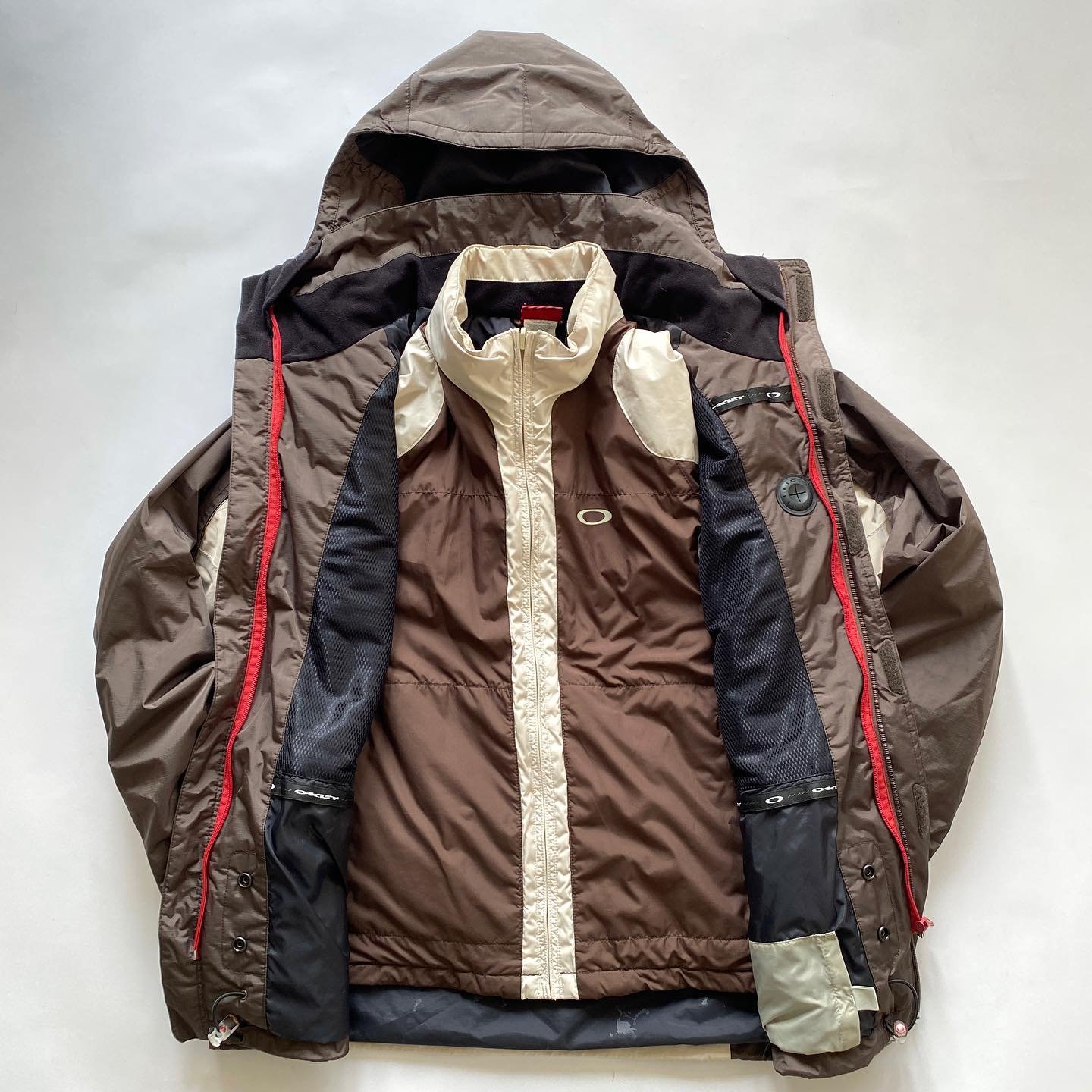


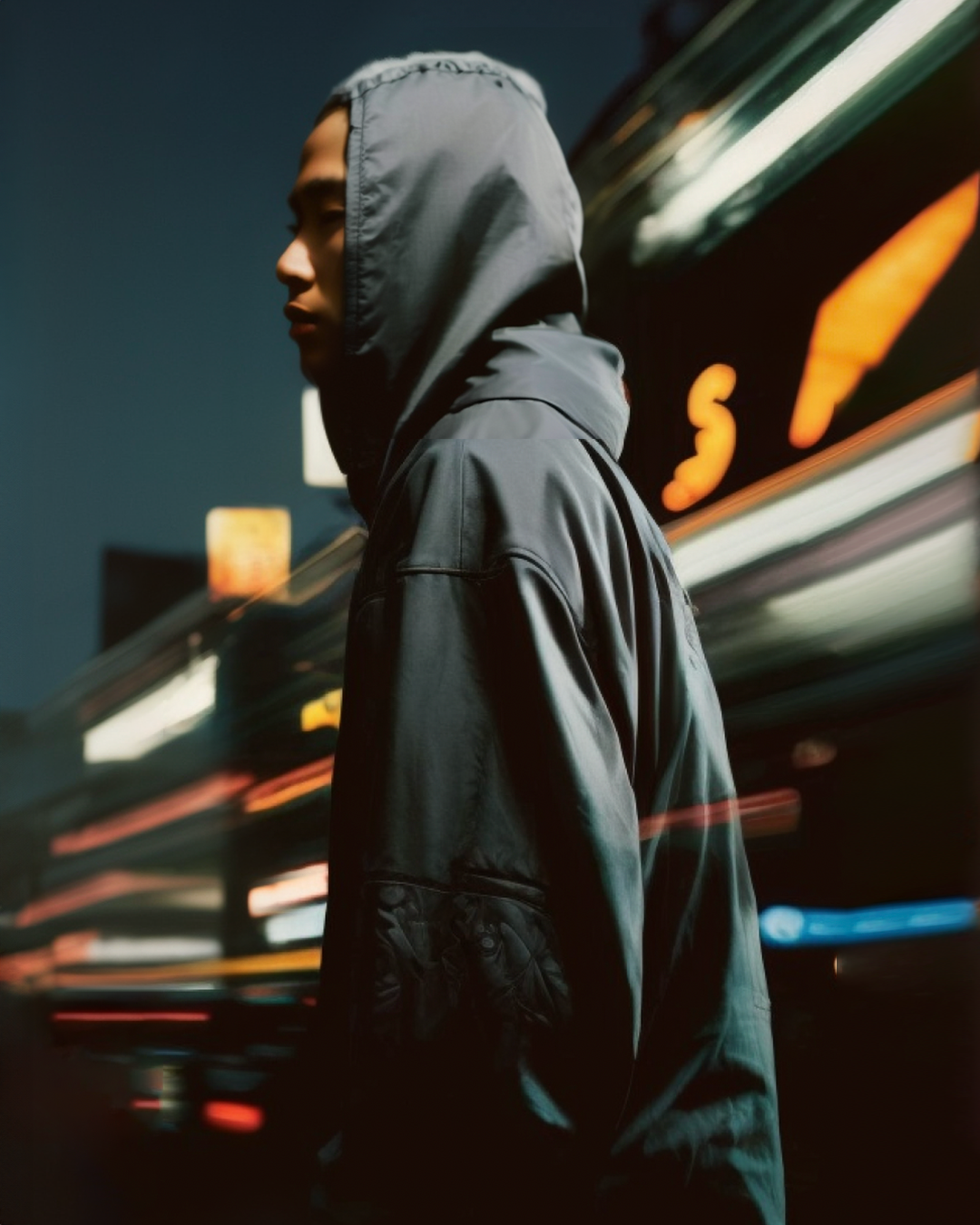

![]VEXED GENERATION IN CONVERSATION With Not For Archiving™](https://images.squarespace-cdn.com/content/v1/57825361440243db4a4b7830/1699460542912-L5GV3VWS514P0KBULOK9/JOE+TECHNICAL+JACKETSSHOP+DISPLAY.png)